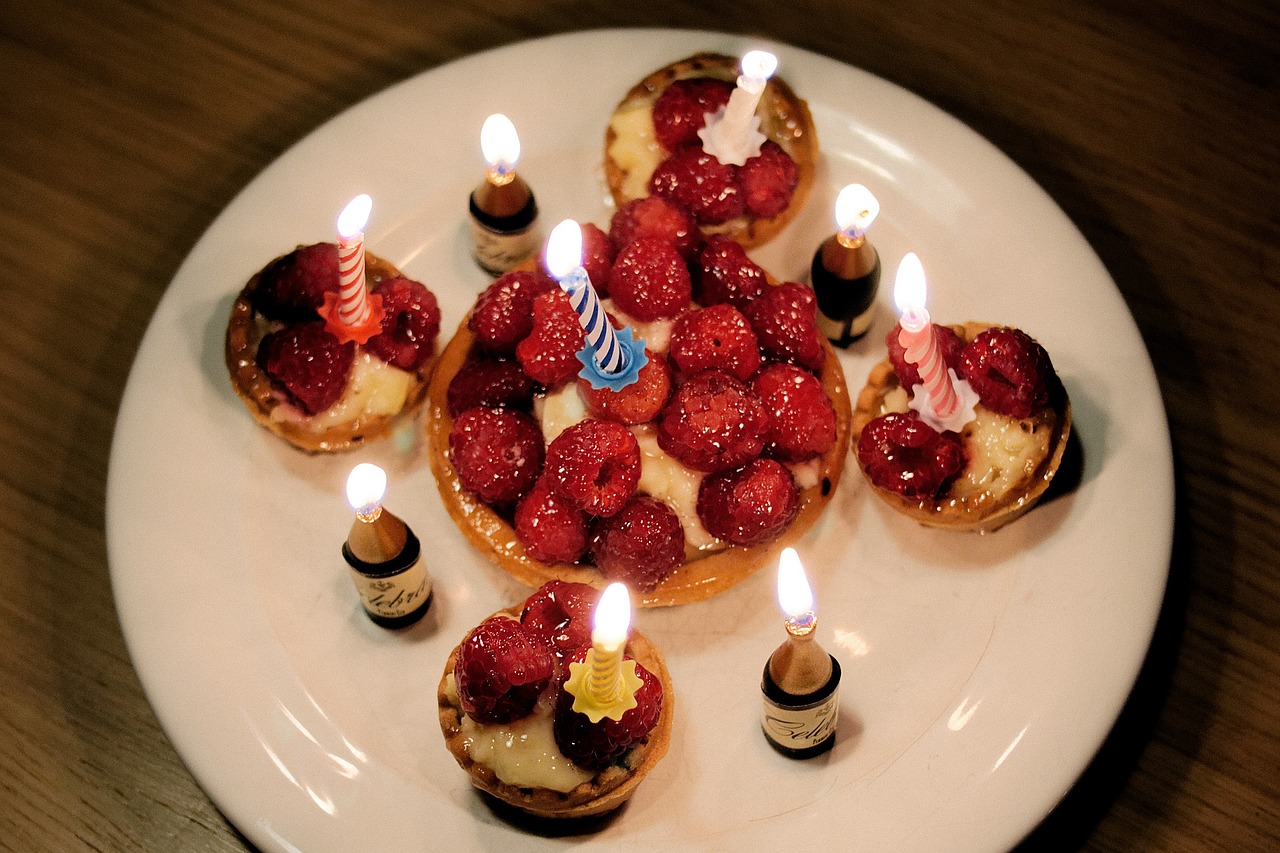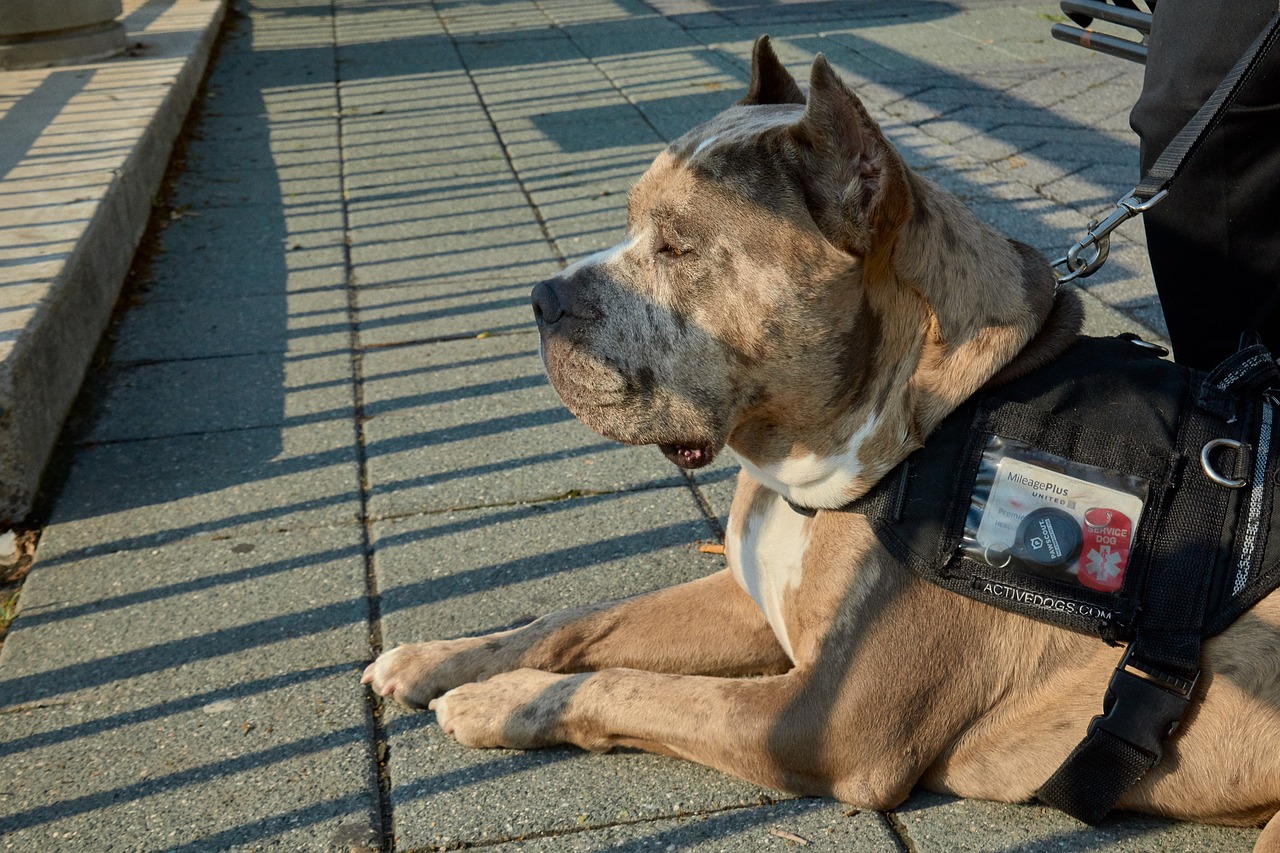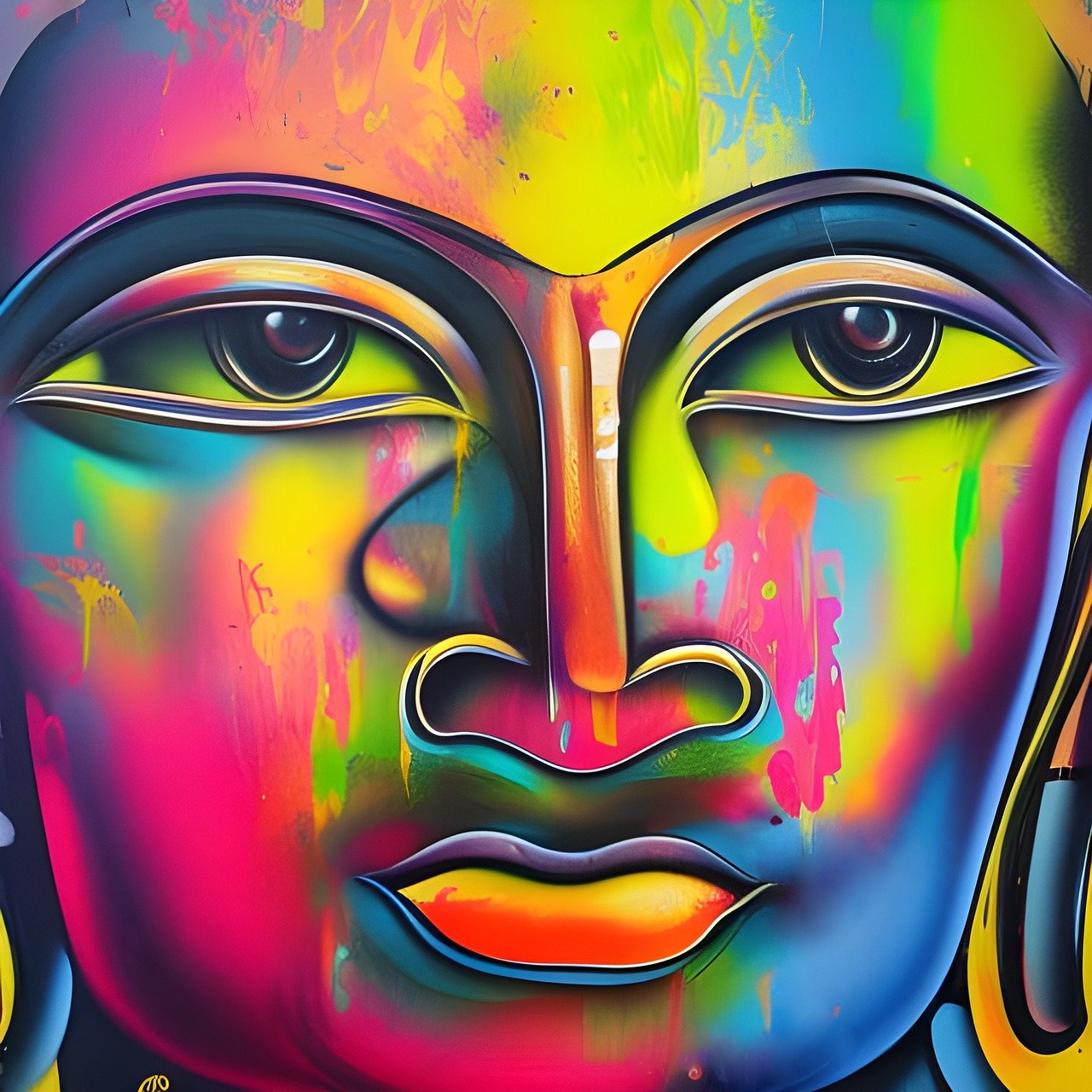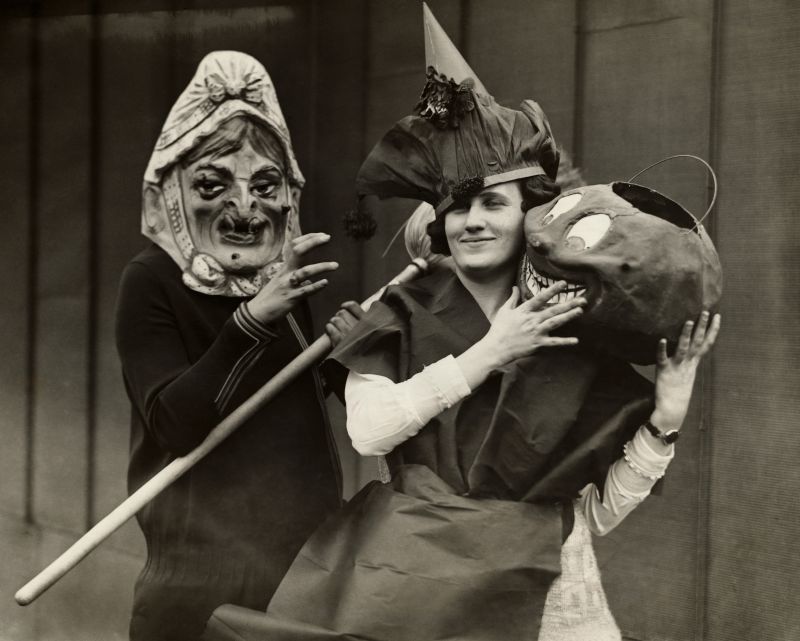Table of Contents
Halloween, with its eerie ambiance and playful spookiness, has long been associated with a tradition that goes beyond the sweet treats and haunted houses. One of the most iconic aspects of this holiday is the practice of donning costumes and disguises. From its ancient origins to its contemporary expressions, the art of Halloween dressing has a rich and fascinating history. In this article, we’ll journey through time to explore the evolution of Halloween costumes and disguises.
Halloween, with its eerie ambiance and playful spookiness, has long been associated with a tradition that goes beyond the sweet treats and haunted houses. One of the most iconic aspects of this holiday is the practice of donning costumes and disguises. From its ancient origins to its contemporary expressions, the art of Halloween dressing has a rich and fascinating history. In this article, we’ll journey through time to explore the evolution of Halloween costumes and disguises, revealing the cultural, social and psychological factors that have shaped this beloved Halloween tradition.
We’ll delve into the ancient Celtic roots of Samhain, where costumes were worn as a protective measure against wandering spirits. As centuries passed, we’ll see how this ritual transformed, influenced by various cultures and beliefs. From medieval Europe to the vibrant masquerade balls of the 18th century, we’ll uncover the diverse historical threads that have woven the tapestry of Halloween costumes.
In the 20th century, with the rise of popular culture and mass media, Halloween costumes took a new turn, embracing fictional characters from films, TV shows and comics. The article will explore how this shift reflects our changing society and the impact of pop culture on our collective imagination.
Moving into the present day, we’ll examine the trend of DIY and creative costumes, emphasizing self-expression and ingenuity. We’ll also discuss the growing popularity of eco-friendly and culturally sensitive costume choices, reflecting our evolving awareness and values.
By tracing this evolution, readers will gain a deeper understanding of how Halloween costumes have become a canvas for creativity, a reflection of societal values and a means to connect with our ancient roots, all while embracing the delightful spirit of Halloween.
Looking for more insights? You’ll find them right here in our extended coverage: How Trick-or-Treating Became a Halloween Tradition | HISTORY
Ancient Roots: A Blend of Pagan and Christian Traditions
The roots of Halloween can be traced back to the ancient Celtic festival of Samhain, which marked the end of the harvest season and the beginning of winter. During Samhain, it was believed that the veil between the physical world and the spirit world was at its thinnest, allowing spirits and otherworldly beings to cross over into the realm of the living.
To ward off these spirits, people would dress in costumes made from animal hides and masks carved from turnips. They would light bonfires to deter malevolent entities and offer food and drink to appease benevolent spirits and deceased loved ones. This blend of Pagan and Christian traditions laid the foundation for the practice of dressing up during Halloween.
You can also read more about this here: The Origins of Halloween Traditions | Headlines and Heroes

Medieval Europe: Soul Cakes and Guising
In medieval Europe, Halloween was closely tied to the Christian observance of All Saints’ Day on November 1st. On the night before All Saints’ Day, known as All Hallows’ Eve, people would go “souling.” This involved going door to door, offering prayers for the deceased in exchange for small cakes called “soul cakes.”
As the tradition evolved, children began dressing in costumes and disguises, going door to door to collect soul cakes. This practice, known as “guising,” allowed them to conceal their identities and playfully mimic the spirits believed to roam the earth on that night.
In medieval Europe, Halloween was closely intertwined with the Christian observance of All Saints’ Day on November 1st. On the night before All Saints’ Day, known as All Hallows’ Eve, a fascinating tradition known as “souling” emerged. This age-old practice was a poignant blend of spiritual observance, community interaction and a hint of whimsy.
Spiritual Connection: Souling had its roots in the solemn act of offering prayers for the deceased. It was a time when communities came together to remember and pray for the souls of departed loved ones, seeking solace and blessings for those who had passed on. This spiritual aspect of the tradition added a layer of depth to Halloween, highlighting its significance in the Christian calendar.
Soul Cakes and Generosity: The custom of offering “soul cakes” was a beautiful expression of generosity and community support. These small, round cakes were made with love and care, often containing spices and currants. They symbolized a tangible offering of nourishment to both the living and the departed souls. In return for these soul cakes, prayers were said for the souls in purgatory, a gesture of compassion and goodwill.
Evolution to Guising: Over time, the tradition evolved. Children began to actively participate in souling, dressing in costumes and disguises. This transformation marked the transition from a solemn observance to a more playful and interactive celebration. The young “soulers” carried on the tradition of going door to door but with a twist.
The Emergence of “Guising”: The practice of “guising” emerged, where children would disguise themselves by wearing costumes and masks. These costumes often had a whimsical or spooky element, allowing the young participants to mimic the spirits believed to roam the earth on that particular night. It was a playful way to embrace the mysticism of Halloween.
Collecting Soul Cakes: Instead of simply offering prayers for the deceased, children engaged in a lighthearted exchange. They would visit houses, donning their costumes and receive soul cakes as a reward for their entertaining efforts. This delightful twist on souling added an element of fun and excitement to the tradition, making it more appealing to the younger generation.
Community Bonding: Both souling and guising were communal activities that brought people together. These traditions strengthened the bonds within neighborhoods and villages as people shared prayers, soul cakes and laughter. It was a time when the community supported one another, both spiritually and socially.
Modern Trick-or-Treating: The evolution of guising and the concept of collecting treats laid the foundation for what we now know as modern-day trick-or-treating. The playful disguises, the act of going door to door and the exchange of treats continue to be an integral part of Halloween celebrations today.
In summary, the evolution of Halloween from souling to guising represents a captivating blend of spirituality, community and whimsy. It showcases the ability of traditions to adapt and transform over time while retaining their core values. Today, as we celebrate Halloween with costumes and treats, we pay homage to the rich history and enduring spirit of these age-old customs.
For additional details, consider exploring the related content available here The history of trick-or-treating, and how it became a Halloween …

American Influence: From Mischief to Trick-or-Treating
In the early days of the American colonies, Halloween was not widely celebrated due to strict religious beliefs. However, by the mid-19th century, Irish and Scottish immigrants brought their Halloween traditions, including dressing up and going door to door, to North America.
During the late 19th and early 20th centuries, Halloween in America was characterized by mischief and pranks. Costumes were often homemade and scary, reflecting the holiday’s spooky origins. Trick-or-treating gradually emerged as a way to curb the rowdier aspects of Halloween, with children going from house to house asking for treats to prevent tricks from being played on homeowners.
If you’d like to dive deeper into this subject, there’s more to discover on this page: The Origins of Halloween Traditions | Headlines and Heroes

Pop Culture Influence: The Rise of Themed Costumes
In the mid-20th century, Halloween costumes began to evolve with the influence of popular culture. With the advent of television and movies, characters from the big and small screens became popular costume choices. Classic monsters like Dracula and Frankenstein shared the stage with superheroes, cartoon characters and pop icons.
As Halloween continued to grow in popularity, costume options expanded to include a wide range of themes, from historical figures to political satire. Today, Halloween dressing has become a form of creative expression, with individuals and groups embracing both traditional and contemporary costume ideas.
In the mid-20th century, Halloween costumes embarked on a fascinating journey of transformation, mirroring the evolving landscape of popular culture. With the introduction of television and the rise of cinema, the influence of these mediums began to permeate costume choices, ushering in a new era of Halloween creativity.
Characters from the silver screen and the television screen became instant favorites, inspiring a surge in costume diversity. Classic monsters like Dracula, Frankenstein’s monster and the Mummy continued to haunt the night, but they were joined by a colorful array of superheroes, cartoon characters and beloved pop icons. Suddenly, the streets on Halloween night teemed with miniature superheroes, caped crusaders and pint-sized princesses, each embodying a piece of the pop culture tapestry.
As Halloween’s popularity continued to grow, its costume options expanded in scope and ingenuity. People began to explore a wide range of themes, delving into the worlds of historical figures, literary heroes and even political satire. It wasn’t uncommon to encounter cleverly crafted costumes that made witty statements about current events or lampooned public figures, adding a layer of social commentary to the festivities.
Fast forward to today and Halloween dressing has blossomed into a powerful form of creative expression. Individuals and groups alike relish the opportunity to showcase their imaginations through both traditional and contemporary costume ideas. From the meticulously handcrafted DIY costumes to store-bought ensembles, Halloween offers a canvas for personal and collective creativity.
The advent of the internet and social media has further amplified this trend, with costume enthusiasts sharing their innovative creations with a global audience. Pop culture references, internet memes and viral sensations have all found their way into the Halloween costume lexicon, reflecting the ever-evolving tapestry of our shared cultural experiences.
In essence, Halloween costumes have evolved from simple disguises into an art form that encapsulates the spirit of the times. They celebrate the fusion of tradition and innovation, offering a glimpse into the collective imagination of society and reminding us of the power of creativity and self-expression, not just on Halloween night but throughout the year.
Additionally, you can find further information on this topic by visiting this page: How Trick-or-Treating Became a Halloween Tradition | HISTORY

A Time-Honored Tradition
The evolution of Halloween dressing from its ancient origins to the modern-day is a testament to the enduring appeal of this holiday. What began as a way to ward off spirits and honor the deceased has transformed into a playful and imaginative tradition that allows people of all ages to step into different roles and express themselves in unique ways.
Whether you choose to dress as a classic monster, a beloved character or something entirely original, Halloween costumes and disguises continue to be a cherished and integral part of this holiday’s celebrations. As the veil between the worlds thins on All Hallows’ Eve, the art of dressing up adds a layer of enchantment and excitement to the spooky and magical night of Halloween.
Additionally, you can find further information on this topic by visiting this page: sec_E_SB_ELA_G8.pdf
More links
For a comprehensive look at this subject, we invite you to read more on this dedicated page: Halloween Costumes That Disguised, Spooked and Thrilled …
